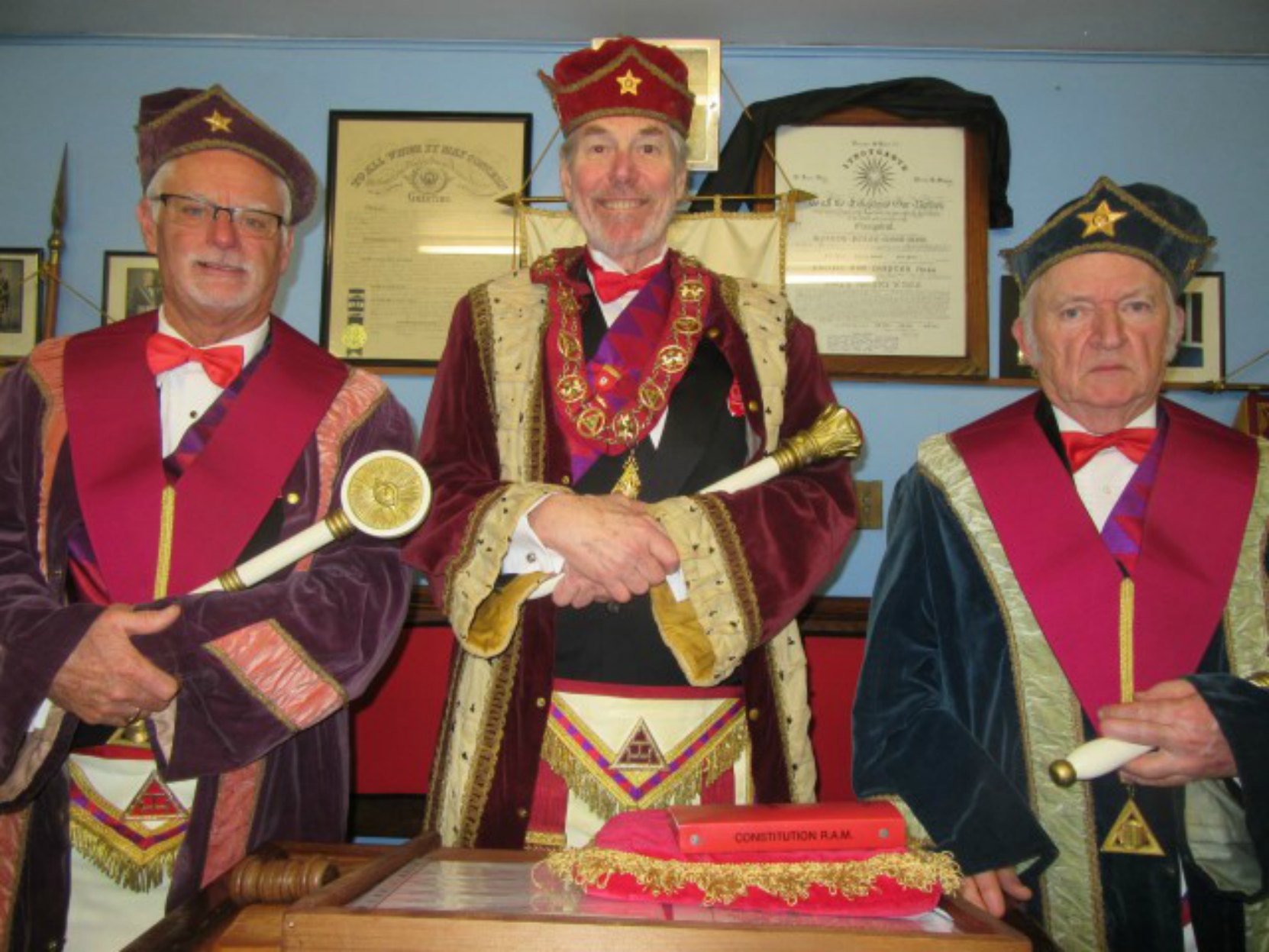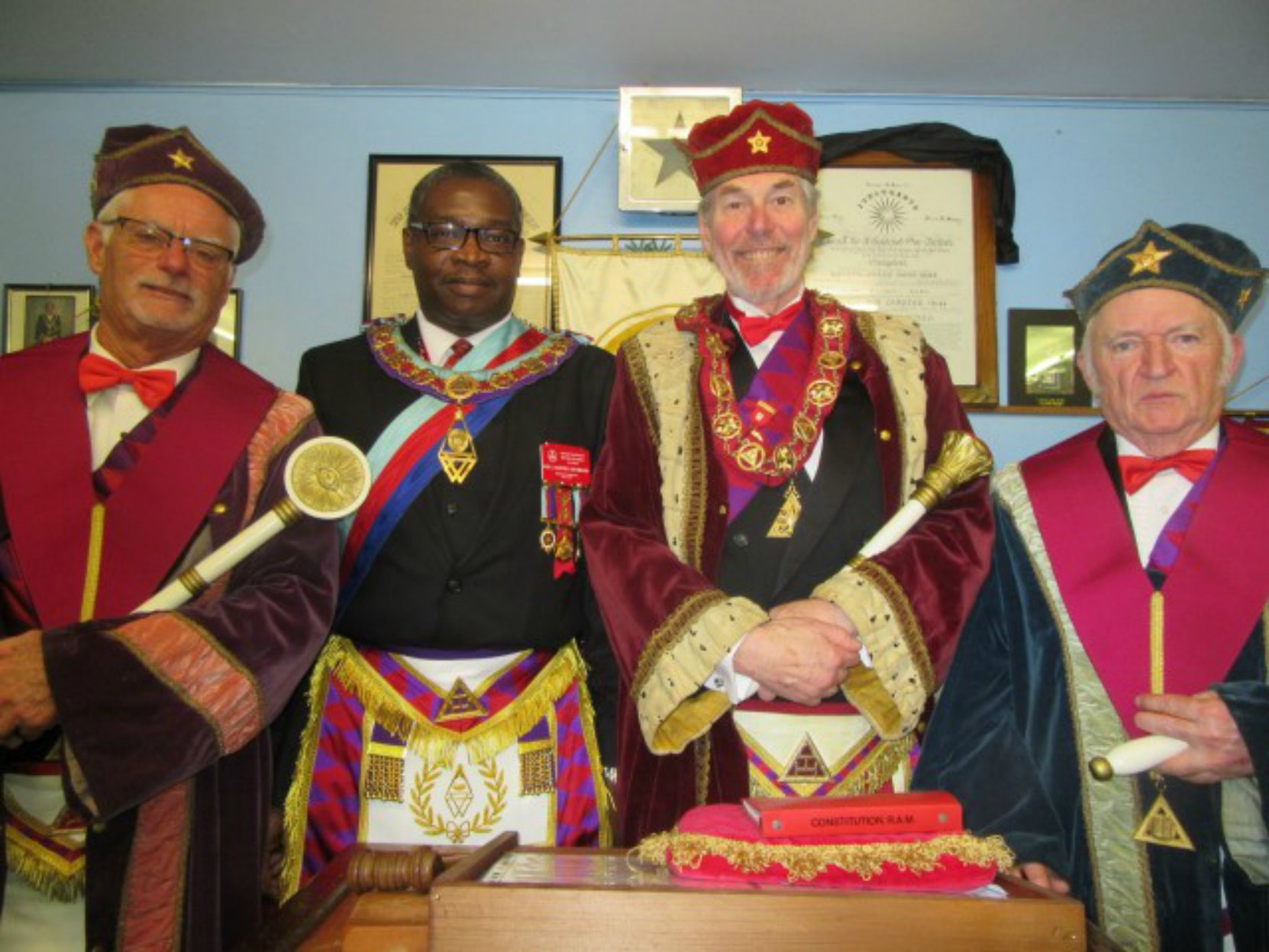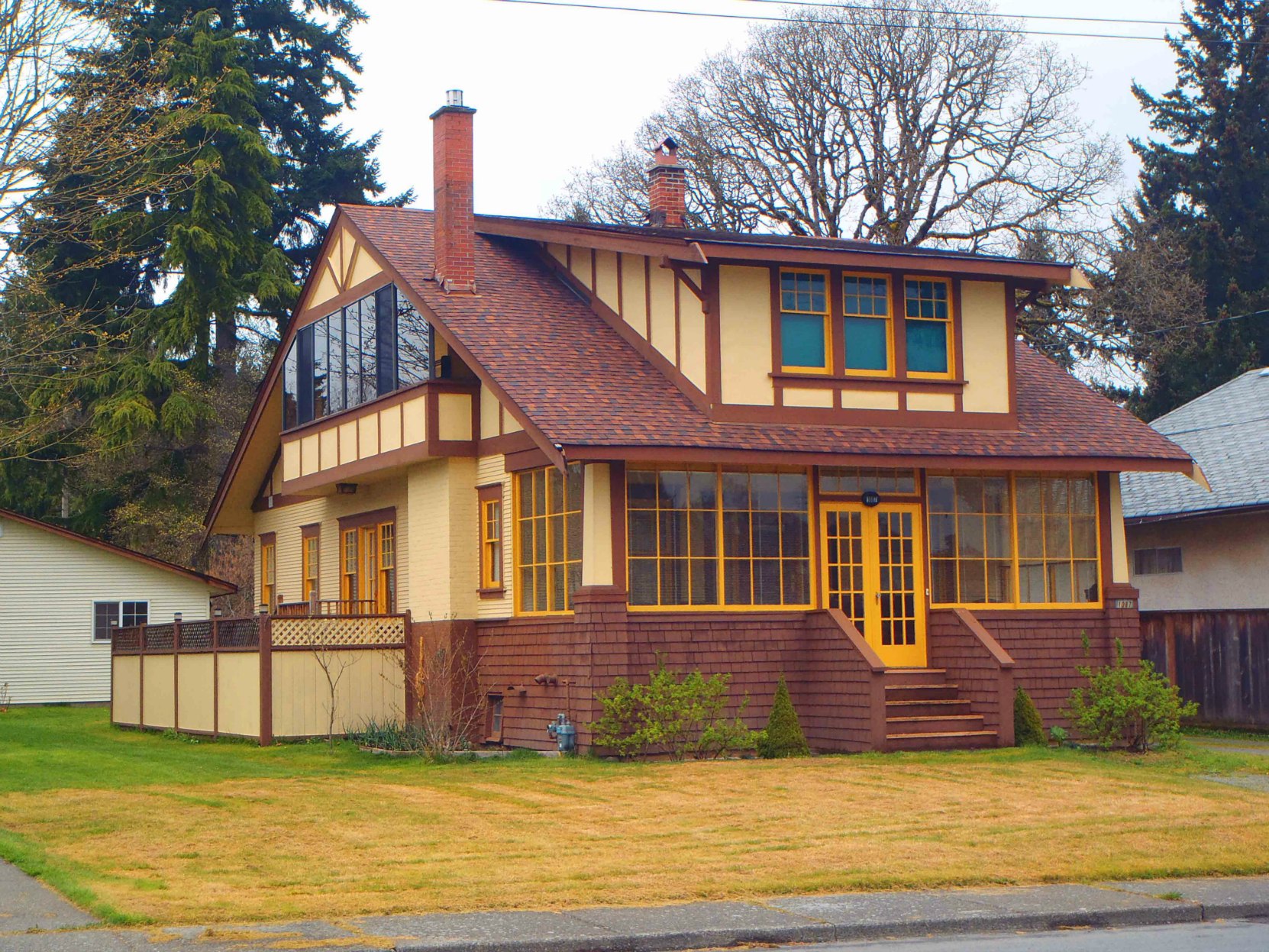For those interested in exploring and researching the Royal Arch here is an article we have reproduced from TheEducator.ca.
If we want to understand Freemasonry, we must not only study the history of our Order, but also look carefully at the history of the period – the last almost 300 years – during which Masonry gradually changed from its original character as an operative organization to the great universal speculative organization, which we have today.
I think it is safe to say that it is useless to look for any acceptable evidence of Masonic development outside the group of countries, which came under the heading of British Isles, prior to the establishment of the Grand Lodge of England in 1717.
Since that time, of course, Freemasonry has spread to the Continent of Europe and all over the world, but the basis of Craft Freemasonry as we know it, is the reflection of the ancient teachings and philosophy as perceived by the British people.
For the proper consideration of my subject, I find necessary to very briefly recapitulate the History of freemasonry as far as it is known.
The old Craft Guilds of Masons, commonly called Lodges because it was the practice of the masons to erect on the site where any major building operation was to be carried out, a shelter, called a Lodge, and these shelters served not only as places of work in the operative sense, but in them the Masons met for purposes of discussion, particularly when they where assembled as an organization to deal with some matter affecting the whole body. These organizations gradually changed their character during the 16th & 17th centuries; there were several influences at work which brought this about:
- The enthusiasm for ecclesiastical building was dying out;
- The government of the days was opposed to Craft Guilds, because the members, being bound together by special ties which separated them from the rest of the community provided conditions in which opposition to Government measures might be organized.
Over a period of about 150 years, the Masons’ Lodges gradually ceased to be organizations primarily concerned with operative Masonry, and the membership became entirely of the type of people we can now describe as Speculative Masons. Historians have offered various explanations of this change in character of the Masons Lodges; Probably the most satisfactory explanation is the practice of inviting some distinguished and powerful person to grant them his patronage; This led to the admission of the Patron as a member, who could be a protector and a helper in the event of the Lodge becoming involved in a dispute with either Church or Government authorities.
The real start of Freemasonry as we know it today, was made with the formation of the Grand Lodge of England in 1717; As we all know, this Grand Lodge was formed by four Lodges in London, and gradually Lodges in other parts of England joined up this Sovereign Body and tendered to it their allegiance. But, let us never overlook the fact that Freemasonry was not just built up by granting Charters for new Lodges; its real strength in its early years came from the old lodges which had been in existence for a long period, and all came to join with the Grand Lodge after its formation. Development in Scotland and Ireland followed on the same lines.
The old Lodges being independent organizations had varying kinds of ceremonial; probably the only thing they had entirely in common, was the rule by a Master and two Wardens and of course the classification of their members as Entered Apprentices and Fellows of the Craft – that being a continuation of the organization of lodges in the operative days.
The development of Ceremonial and the use of Allegory and Symbols to express ideas went apace after the formation of the Grand Lodges of England, Scotland and Ireland and it certainly seems that it was a system that appealed to the imagination of many and filled a long felt need. Lodges existed mainly in old and established cities. Means of communication being very scarce: bad roads, no mechanical means of transportation, no postal services, nothing which represents today the array of choices that modern life has provided to us, consequently in such an environment the lodges were quite isolated and this resulted in a much greater freedom of action. If some individual or group of individuals introduced new ideas into existing ceremonials, provided they appealed to the majority of members, they might easily become the accepted practice of a Lodge without the Grand Lodge knowing about the matter until well established.
There seems to be no doubt that this is the explanation of the rise of many Degrees which appeared in the early part of the 18th Century.
Two powerful factors influencing the development of “thought” on the lines in which it is presented in Freemasonry, were the introduction of Rosicrucianism into England about 1614 and the re-entry of Jews which began about 1640. A fact very often completely overlooked by historians is that all Jews were evacuated from England about 1290 – in the reign of Edward I – and the laws against them remained in force for hundreds of years. It is only during the period of Cromwell’s rule, that Jews began to drift back to England, and no objection to their coming was raised. The laws against them still stood on the Statutes Book but were not enforced. The reason for their coming was to escape persecution on the Continent. We must remember also that the Jewish people who came in these times to England, were mostly cultured and highly educated. Consequently their ideas and their outlook would have an influence upon the society in which they mixed in the land of their adoption. Many of them were refugees from Spain and Portugal. In these countries the Jews had been very strong during the two previous centuries, and their Cabalistic teaching and influence had greatly developed.
I mention all this because it helps us to understand what will follow in regard to the development of the Degree which is the subject of my talk.
It seems fairly certain that in the early development of Speculative Freemasonry, there were only two Degrees, namely Apprentice and Fellowcraft, following along the lines of the old operative organizations in which there were only two classifications. It is quite certain from early records that Fellowcrafts could hold senior office, like that of Warden, and could be elected Master; consequently, it is clear that being a Master in masonry was not in the earlier stages a Degree, and I am of the opinion that any impartial thinker looking only at the two first Degrees, representing as they do – birth and life, from the mental or spiritual angle, must see the closing in the Second Degree as a climax to the teaching of both.
It is a fact acknowledged by all the dependable historians that the 3rd Degree, as we know it, is of relatively modern origin; this fact, however, does not in any way detract from the value of this Sublime Degree.
An important factor to be kept in mind is the struggle which was in evidence in Masonry throughout the 18th Century; on one hand we find the Moderns – the lodges owning earliest allegiance to the Grand Lodge formed in London in 1717, and the Ancients formed a little later also in London under Irish influence. The very use of the word “Antient” is sufficient to link these Masons with Rosicrucian teachings, but there were two other particularly powerful factors at work upon the Masonic structure, namely the York masons and at a later date the Antient and Accepted Rite. The latter, though it appears to have originated in Scotland, had its full development on the Continent and in America, reaching Britain as a complete and very elaborate system of Masonry.
This, finally brings me to the real subject of my talk, namely the Degree of the holy Royal Arch,
But let’s start from the beginning. When the Grand Lodge of England was formed in 1717, nothing was known of the Royal Arch Degree, and as far as the legends of the fraternity are concerned, it was non existent. In the year 1737, some of the members of the grand Lodge of England became dissatisfied with the ways its affairs were being conducted and seceding, set up a Grand Lodge of their own calling themselves “Ancients”, in contrast with the lawful Grand Lodge which they called sarcastically “the Modern”, because of the innovations adopted contrary to the expectations of the conservative Ancients.
(By the way, the schismatic Grand Lodge of the Ancients, became known afterwards as the Athol Grand Lodge, as the Duke of Athol had been for many years, its Grand Master.) Following the secession, the Moderns changed the modes of recognition to prevent any attempt of the Ancients to enter their Lodges. At this point in time the charge has also been set up that Laurence Dermott and Thomas Dunckerley had taken something from the 3rd Degree and made out of it, the Royal Arch.
The exact source of the legend of the Royal Arch is not known, other than its relation to the return of part of the exile from Babylon to rebuild the temple in Jerusalem. The degree itself might have been conceived in the fertile brain of Thomas Dunckerley for the principal reason that the Ancient sought to give to their separate body a prestige which was not possessed by the Moderns or by the Grand Lodge of England.
The Royal Arch Degree did not appear until some twenty or thirty years after the formation of the Grand Lodge of England, clearly proving that any mutilation of the 3rd Degree for the creation of the Royal Arch is pure fiction. It is also true that there was not despoliation of the Fellow Craft Degree in order to create the Mark Master Mason Degree. Both degrees were fixed in the system and promulgated by the Ancients and there is even no question that they were practiced by them until the Union of the Two Grand Lodges in 1813.
When the grand reconciliation between the major organizations of the Masonic world in England took place in 1813, the Royal Arch was accepted according to the Book of Constitutions as part of Pure and Ancient Freemasonry, not as a Fourth Degree, but very definitely as the completion of the Third Degree, and as such it remained in our annals. I think that any unprejudiced researcher in Freemasonry must agree that this was a happy compromise rather than a statement of fact; on the one hand the Moderns would have nothing to do with any system of Masonry comprising more than three degrees; on the other the Antients were so concerned for the retention of the Royal Arch that without some compromise union would not have been possible.
Much controversy has raged amongst those interested in Masonic history as to the origin of the Holy Royal Arch, and many lovely theories have been produced, but as the historian Robert Freke Gould has pointed out – and he is no mean authority – the earliest unchallengeable evidence of its existence dates from about 1740, and the fact of its association with the Antients and also the origin of the Lodges in which it was first worked, indicate definite York and Irish influences.
The Degree is entirely Jewish in its concept but it is certainly not strictly true to Jewish history. We can surely say that it uses some Jewish references to create a Legend based on an episode of the history of the Jews. The structure of its ceremonies and ideas is taken from the Bible. It claims to give the genuine secrets of a Master Mason and this obviously comes from the same source as the ideas expressed as the climax of the 3rd Degree. The two Degrees are definitely interwoven, although many thinking Freemasons claim that the Third degree is complete in itself if properly understood.
Another reason why the Royal Arch cannot be regarded as history is that it has different settings in different countries; with us, the setting is the rebuilding of the Temple at the time of Zerubbabel, but under the Irish system, which probably is the original, as well as in many parts of America, the setting is the restoration of King Solomon’s original Temple under King Josiah, but in either case the association of characters and many statements made in the traditional and legendary history are not in accord with historical fact.
If we understand Freemasonry and the messages it conveys, we must always bear in mind that its purpose is not to present history or science with precision, but an idea of what is behind the universe as we see it. And sometimes rather romantic legends are created…
The important point is that in The Royal Arch, as indeed in all Degrees of Freemasonry, the secrets are only a small matter; it is the idea or the philosophy presented by the degree as a whole that really matters; The most elaborate ceremony, the most splendid dressing and the most beautiful language are really valueless, unless as a whole they convey to the human mind something of profound importance which is beyond the mere spoken word to convey, and by this criterion the holy Royal Arch very definitely answers the challenge. There is no doubt that the early development of Freemasonry was an attempt to express grand moral ideas on the basis of a very broad conception of God, a concept as broad as that adopted by the Royal Society which was founded about 50 years before the first Grand Lodge, that is around 1668.
It is obvious, however, that it was very soon found that a broad moral concept would not satisfy everybody, and it became necessary to provide something as nearly approaching spiritual expression as is presented in religious worship, but without introducing anything that could become controversial – remember, controversy had been the curse of religious life for the previous 200 years. In Craft Freemasonry, the Bible is referred to as the Volume of the Sacred Law, but the Bible is not read in Lodge; it puzzled me for many years what would be the reason for not doing so. I reached the conclusion that it is out of fear of introducing controversy.
The compilers of the Ritual took every care to avoid anything that could be connected with religious opinions. There is that allusion in the Lecture on the First Degree Tracing Board, to SCRIPTURE: “In scripture called Jacob’s ladder” – most interesting. You will notice that Jacob’s Ladder is spoken of as “in Scripture” and not “in the V.of the S.L.”, although the two are one and the same thing. As soon as we pass from the craft degree to other degrees of Masonry, we find a different attitude; in almost all – some part of the Scripture is read, and it is obvious that many of the Ceremonies of the Order concerned are built around these passages of Scripture, which are read.
This is particularly true of the Royal Arch, and I can safely say that there is nothing to be found in the whole structure of Universal Freemasonry, so near to religious expression as the ceremonies of the Royal Arch. In the course of the ceremony several passages of Scripture are read, with special emphasis on the idea of the search for wisdom; not as a means of understanding the material world but the mystical world; the background of the Universe, the inspiration given by the Deity we serve.
A companion of the Royal Arch is admitted into the mystical body of elders and is constituted a Prince and a Ruler. No sensible person will think for a moment that admission into a Masonic Order makes him a Prince and a Ruler in the sense in which those terms are used in our ordinary political and social structures of society. Therefore, the implication must be that he has been introduced into a world of another kind, at a different level that has to do with his mind and soul, not with material values.
On the Jewel of the Order are the words “Nil nisi clavis de est” – nothing but a key is needed – which, if properly understood, means, “everything is here, all you need is the right key to obtain access to it”.
One must not expect, however, to find in this Degree something magical that will provide without any further mental effort the solution of all the problems in life. The great object of the degree is to point the way to true wisdom.
The Royal Arch, definitely enable us to see – in the spiritual sense – the right direction that leads to superior understanding.
A properly constituted organization of Royal Arch Masons is called a Chapter; I think this term must have been adopted because of its use in connection with organizations within the Church, and that it implies concentration on mystical and spiritual things rather than upon practical work as implied by the use of the word Lodge.
I would like to conclude with the statement that, in my opinion, the Mason who is not a Royal Arch Mason, lacks something of very great value in so far as a clear understanding of Freemasonry is concerned .
The above paper was presented By Rt. Wor. Bro. J Haffner, PAGM. Past Librarian Grand Lodge of NSW & ACT (Australia)
from TheEducator.ca
Would you like to leave a comment or question about anything on this page?




